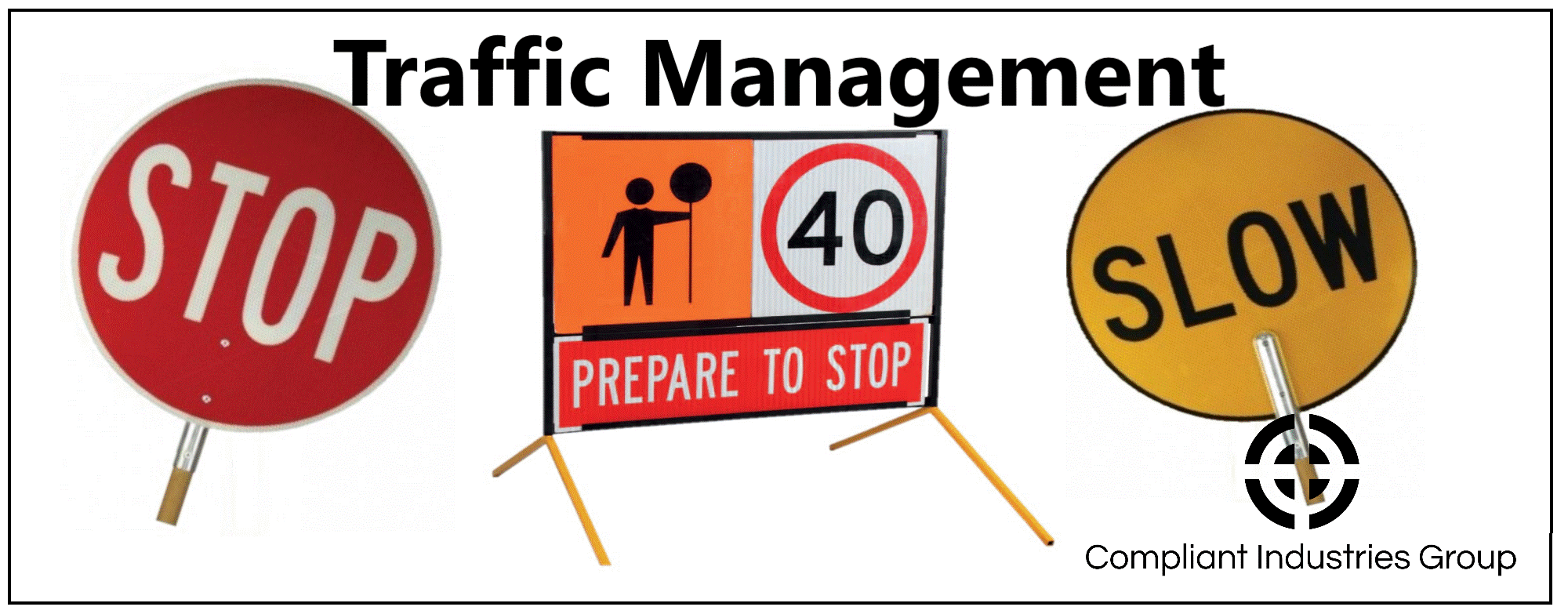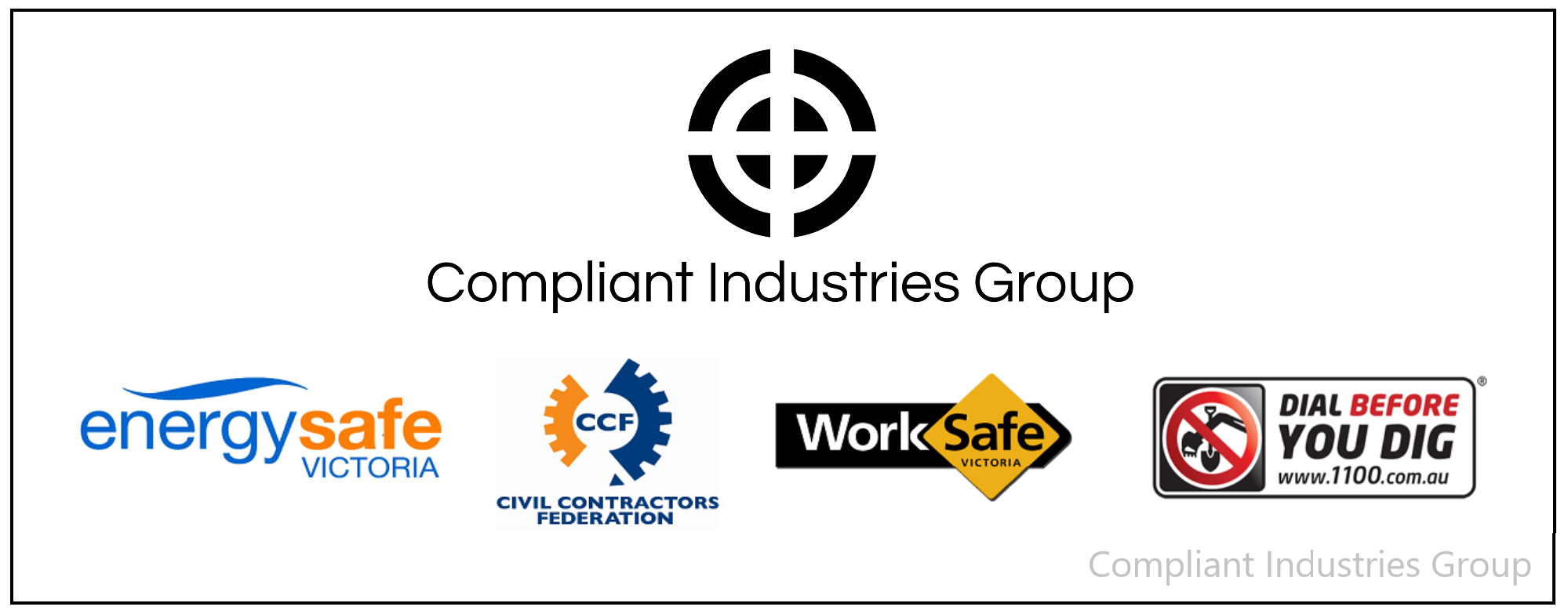HIERARCHY OF HAZARD CONTROL - RISK AND HAZARD ASSESSMENT - HAZARD ANALYSIS
0475 217 533
1. Hierarchy of Hazard Controls - Hazard Analysis
A hazard control system is an organized set of measures or methods applied to eliminate or minimize exposure to hazards. For work-related tasks, it's the steps that Compliant Industries Group take to prevent incidents. Such a system can include plant and equipment, tools, work practices and safe work procedures, safety meetings and training – all aimed at controlling worker exposure to hazards.
When it comes to deciding which measures to apply, Compliant Industries Group apply the hierarchy of hazard control and there may be several options available.
How do you know which ones will control exposure?
Which ones will work best to minimize risks?
Compliant industries Group use a systematic approach to prioritize possible actions. The first step is identifying potential hazards onsite using the Hierarchy of Controls documenting everything onto a Safe Work Method Statement (SWMS). This safety framework ranks control measures based on their effectiveness and sustainability, and by how much supervision and individual worker effort is required to apply the control.
Elimination is simply removing the hazard from the workplace. Eliminating a hazard is clearly the most effective and sustainable way of dealing with it. Whether the hazard is a deep trench/excavation, an unacceptable operating practice or a distracting smart phone, once you eliminate it from the workplace, it cannot generate a risk. The administrative or supervisory efforts attached to that hazard also become zero. But in reality we can not always eliminate the hazard all together and this is where we look at the other levels of the hierarchy of hazard control.
Substitution involves replacing a hazardous condition or process with one that has no associated hazards, or has hazards that pose lower risks. Replace worn out parts with new ones. Replace the use of a ladder with an elevated work platform. There are still hazards associated the workers working at heights, but substituting a more stable platform to get the required height, lowers the risk of potential injury.
Engineering controls do not directly eliminate the hazard. Instead, they reduce risks by separating or isolating the worker or member of the public from exposure to the hazard. Examples include physical barriers and warning signs between the excavation and people. Designing a steel plate that can be safely installed over the excavation to stop anyone falling in.
Administrative controls are the policies, operating procedures, rules and practices that describe the rules and regulations are applied at the workplace. A policy that simply prohibits cell phone use while driving or operating plant and machinery does not remove the source of the hazard - drivers and operators will still carry their phone and possibly use it while driving or operating. By adding a procedure that describes how and when a driver can use their smart phone (i.e. when safely parked), drivers get a clearer picture of what is required of them to avoid that hazard.
Personal Protective Equipment (PPE) is the least effective type of control. This is particularly true for driving because there aren’t any true PPE items for driving-related hazards. Seatbelts, airbags and other in-car safety features surely protect vehicle occupants, but they are engineering controls. Personal gear that can assist drivers includes sunglasses to minimize glare and prevent eye fatigue, footwear that improves one’s ability to operate the pedals, or gloves that ensure a firm grip on the steering wheel.
2. Applying the Hierarchy of Hazard Control Framework
Apply the hierarchy of hazard control framework from the top down - eliminating the hazard is always your best choice. Substituting a less hazardous condition or process is the second most effective type of control, and so on through the hierarchy. PPE is the least effective type of control, so it is the last place you look for solutions.
Sometimes, you will be able to eliminate a worker-related hazard in a single step. Looking through your onsite hazard inventory, several of the vehicle hazards fit into this category. If the vehicle has a cracked windshield or faulty brake lights, simply eliminate those hazards by making necessary repairs. If your employees can’t safely complete driving requirements of their job because of equipment that is not up to its intended tasks, eliminate those hazards by getting the right equipment.
More often, driving hazards involve dynamic external factors that an individual driver or employer can’t really control - like other drivers or operators, hazardous weather and changing road conditions. However, employers can control whether their employees drive during hazardous road conditions. Drivers can control how they drive and how they respond to difficult traffic conditions. It’s tough to eliminate some driving hazards, but there are plenty of measures and combinations of measures available to control exposure to hazards, and factors that contribute to crashes.
The questions below should help prompting you on possible other controls you and your team can implement to address hazards. Working with your working team, refer to your onsite hazard inventory and choose a few priority hazards. For each one, ask the following questions.
How can we eliminate this hazard? What can we do to make sure the workers/ operators don’t encounter this hazard?
Can we use substitution to reduce the risks? Can we use a operator with specific training or proven skills for these operating circumstances? Is this the right plant or machine for this application? What equipment will make this safer?
Can we re-design our work processes to minimize risks caused by operator-related hazards? Can we reduce the amount of operating our employees do? What plant and machinery safety features are available to isolate or protect operators if they have a roll over?
What well-targeted training can we provide to our employees to make sure they have the right skills and behaviours when they are operating for work? What specific tools, resources and motivation can we provide to help operators manage hazards? Are our safe operators procedures effective? Do our operators know and follow them?
If we can’t prevent exposure to the hazard and there is no true driving PPE, what personal gear might help?




